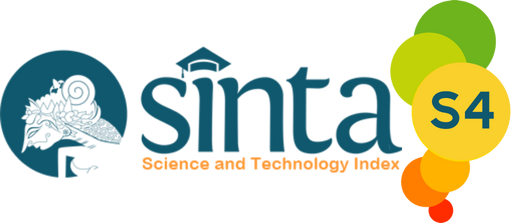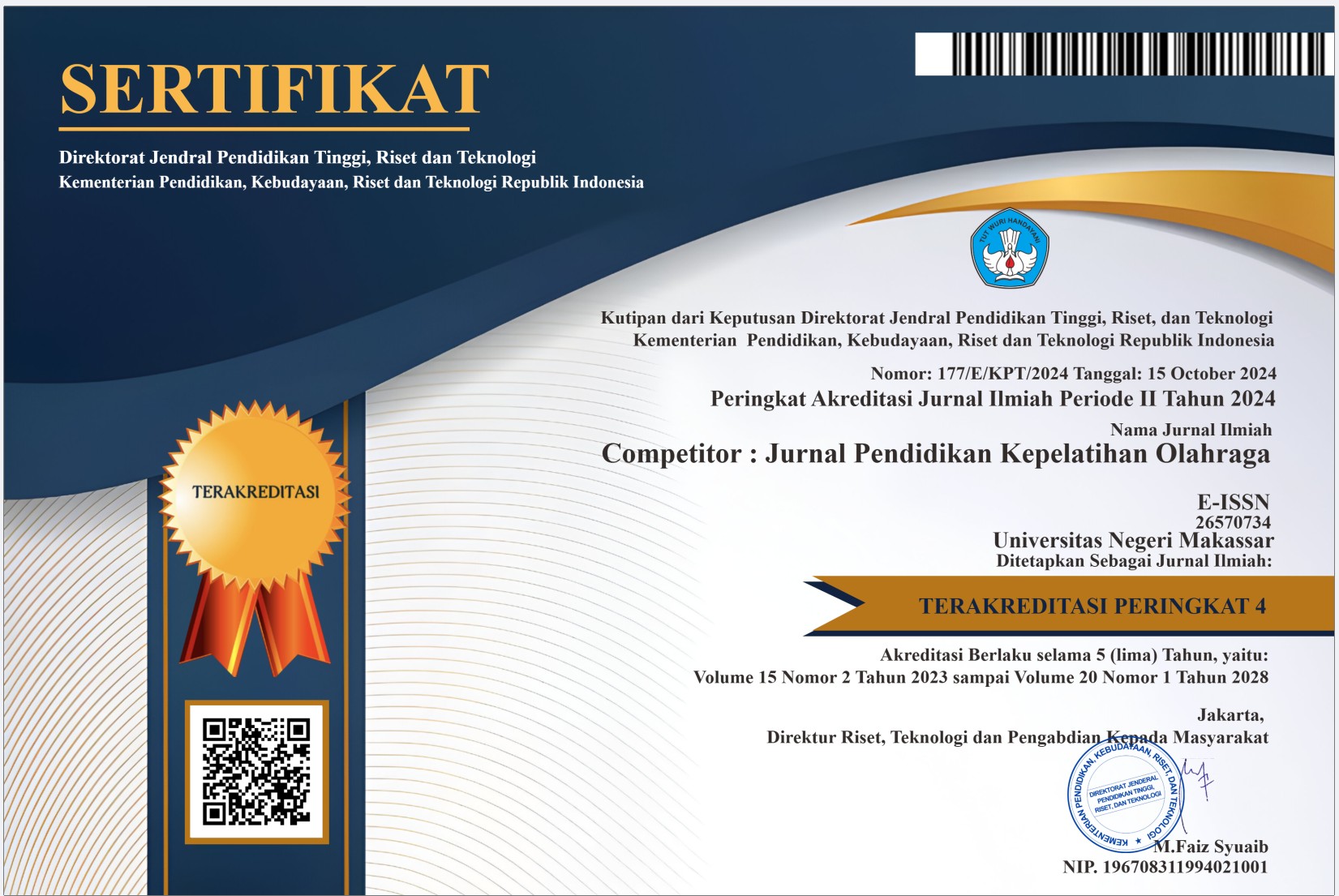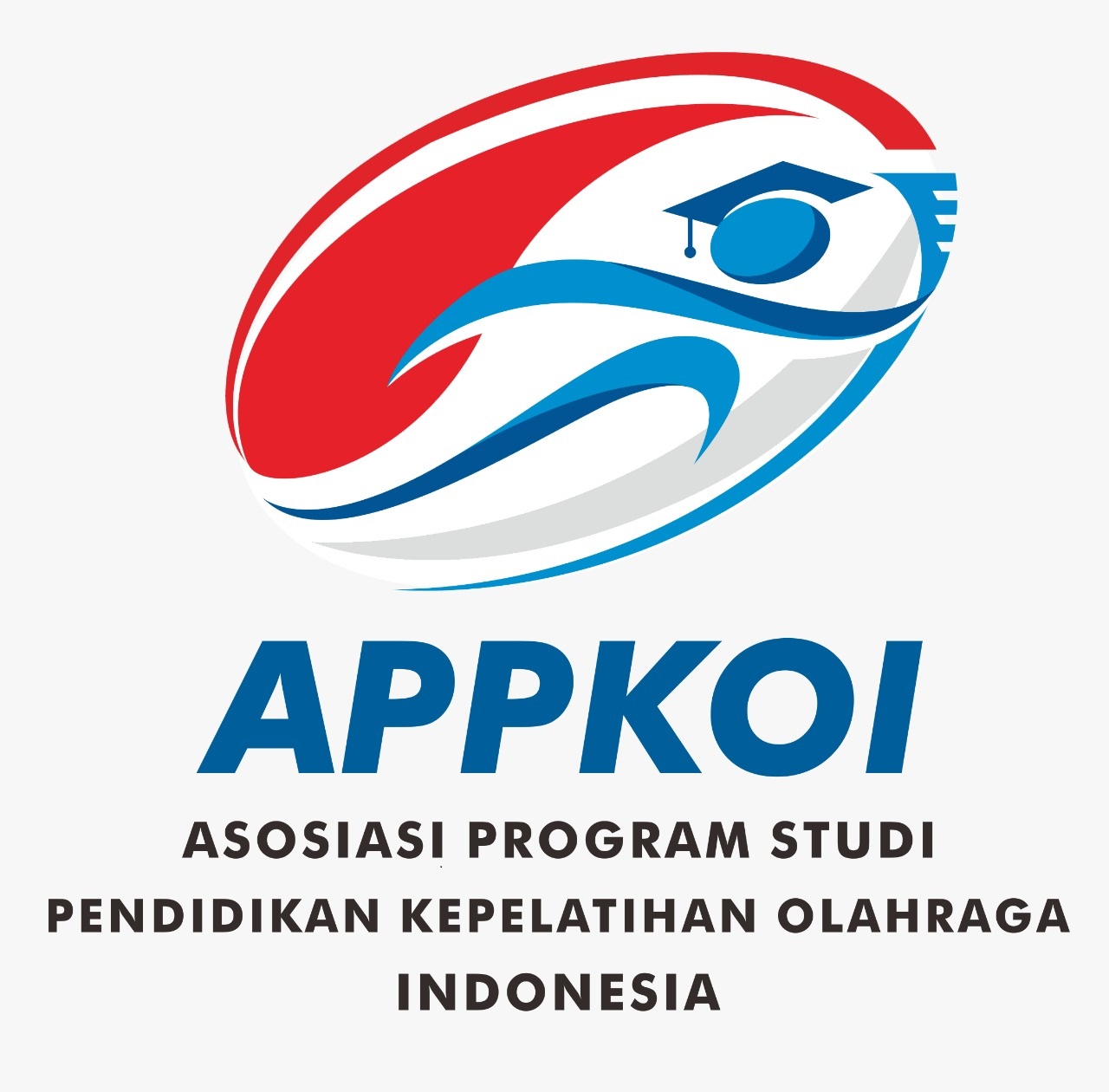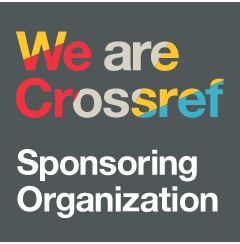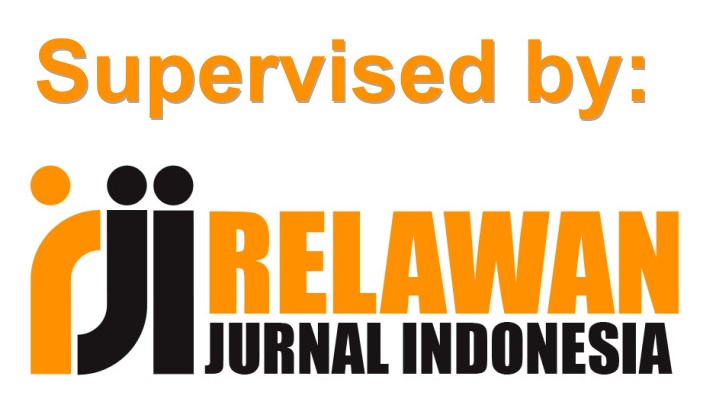Management of Pencak Silat Athlete Development at The Sports Special Junior High School (SMP Khusus Olahraga) Surakarta
DOI:
https://doi.org/10.26858/cjpko.v17i3.375Keywords:
Sports management, Athlete development, Pencak silat, Sport development, Sports Special SchoolAbstract
The development of high-achieving athletes is a key mandate within the national sports system, requiring management that is structured, systematic, and science-based. This study aims to comprehensively analyze the management of pencak silat athlete development at the Sports Special Junior High School (SMP Khusus Olahraga) in Surakarta through the perspective of sport development theory. A qualitative descriptive approach was employed, utilizing in-depth interviews, participatory observation, and document analysis involving administrators, coaches, and athletes. The analysis focused on four main domains: organizational structure, program planning, implementation and evaluation, as well as supporting and inhibiting factors. The findings indicate that SMP Khusus Olahraga Surakarta has implemented an effective management model by integrating the national sports development pyramid framework with the Long-Term Athlete Development (LTAD) principles. The organizational structure is hierarchical yet collaborative, linking the Youth and Sports Agency (Dispora) with licensed coaching teams. The training program applies periodization (macro, meso, and micro) synchronized with the academic calendar. Multidimensional evaluations encompass physical, technical, psychological, and ethical aspects. Supporting factors include adequate facilities, certified coaches, and a tuition-free policy, while the main challenges lie in funding limitations and long-term athlete motivation. This model has proven effective in producing high-performing pencak silat athletes through a structured and sustainable development system.
References
Andriawan, B., & Irsyada, R. (2022). Pembinaan prestasi Ikatan Pencak Silat Indonesia (IPSI) di Kabupaten Wonosobo tahun 2020. Indonesian Journal for Physical Education and Sport, 3(1), 205–213.
Balyi, I., Way, R., & Higgs, C. (2013). Long-term athlete development framework 2.1. Sport for Life Society.
Candra, D., Sumaryanto, S., Rahmatullah, M. I., & Gusdernawati, A. (2023b, April 3). Evaluation of the achievement development program at Riau Indonesia basketball education and student training center (PPLP). https://www.turkishkinesiology.com/index.php/ahe/article/view/46
Coker, D. C. (2017). Motor learning and control for practitioners (3rd ed.). Routledge.
Creswell, J. W. (2013). Research design: Qualitative, quantitative, and mixed methods approaches (4th ed.). SAGE Publications..
Ford, P., De Ste Croix, M., Lloyd, R., Meyers, R., Moosavi, M., Oliver, J., Till, K., & Williams, C. (2011). The long-term athlete development model: Physiological evidence and application. Journal of Sports Sciences, 29(4), 389–402. https://doi.org/10.1080/02640414.2010.536849
Green, B. C. (2005). Building sport programs to optimize athlete recruitment, retention, and transition: Toward a normative theory of sport development. Journal of Sport Management, 19(3), 233–253. https://doi.org/10.1123/jsm.19.3.233
Kementerian Pemuda dan Olahraga Republik Indonesia. (2018). Evaluasi program pembinaan olahraga. Asisten Deputi Peningkatan Prestasi Olahraga.
Maksum, A. (2012). Metodologi penelitian dalam olahraga. Unesa University Press.
Pemerintah Republik Indonesia. (2022). Undang-undang Republik Indonesia Nomor 11 Tahun 2022 tentang Keolahragaan.
Rohani, S., & Anam, K. (2022). Manajemen pembinaan cabang olahraga pencak silat pada Pusat Pelatihan Atlet Pelajar (PPAP) Kabupaten Jepara tahun 2021. Jendela Olahraga, 7(1), 90–99. https://doi.org/10.26877/jo.v7i1.10427
Rumbino, S. (2021, October 11). Manajemen pembinaan olahraga prestasi dispora biak papua: manajemen pembinaan olahraga prestasi dispora biak.
Setiawan, M. R., Najat, F. Z., Farhan, R. V., & Suhendan, A. (2022). Analisis faktor kondisi fisik atlet pencak silat. jurnal.stokbinaguna.ac.id. https://doi.org/10.55081/joki.v3i1.768
Shilbury, D., Sotiriadou, K. P., & Green, B. C. (2008). Sport Development. Systems, Policies and Pathways: An introduction to the special issue. Sport Management Review, 11(3), 217–223. https://doi.org/10.1016/s1441-3523(08)70110-4
Sotiriadou, P., & De Bosscher, V. (Eds.). (2013). Managing high-performance sport. Routledge.
Syah, D. F., & Irawan, R. J. (2023). Analisis SWOT Pembinaan prestasi cabang olahraga Pencak silat di Padepokan Tanpa Bayangan Magetan. Indonesian Journal of Physical Education and Sport Science, 3(2), 174–183. https://doi.org/10.52188/ijpess.v3i2.463
Venus, R. (2022). Peran Dinas Kepemudaan dan Olahraga (Dispora) Provinsi Jawa Timur dalam pembinaan atlet. Soetomo Administration Reform Review, 2(1), 38–45.
Wafa Silmaufar, M. A., & Jannah, M. (2023). Hubungan Antara Regulasi Emosi dengan Mental Toughness Pada Atlet Remaja. Character Jurnal Penelitian Psikologi, 10(3), 471–480. https://doi.org/10.26740/cjpp.v10i03.54447
Wijaya, A. W. E. (2021). Manajemen Pembinaan Prestasi Di Sekolah Sepak Bola. Jurnal Olahraga Dan Kesehatan Indonesia, 2(1), 27–33. https://doi.org/10.55081/joki.v2i1.542
Wijaya, E., & Silvana, N. (2024). Good Sport Governance: Perspektif Teoretis, Yuridis dan Kontekstualisasinya di Indonesia. Jurnal Hukum & Pembangunan, 54(1). https://doi.org/10.21143/jhp.vol54.no1.1588
Downloads
Published
Issue
Section
License
Copyright (c) 2025 Sapto Purnomo, Nur Subekti, Pungki Indarto (Author)

This work is licensed under a Creative Commons Attribution 4.0 International License.

